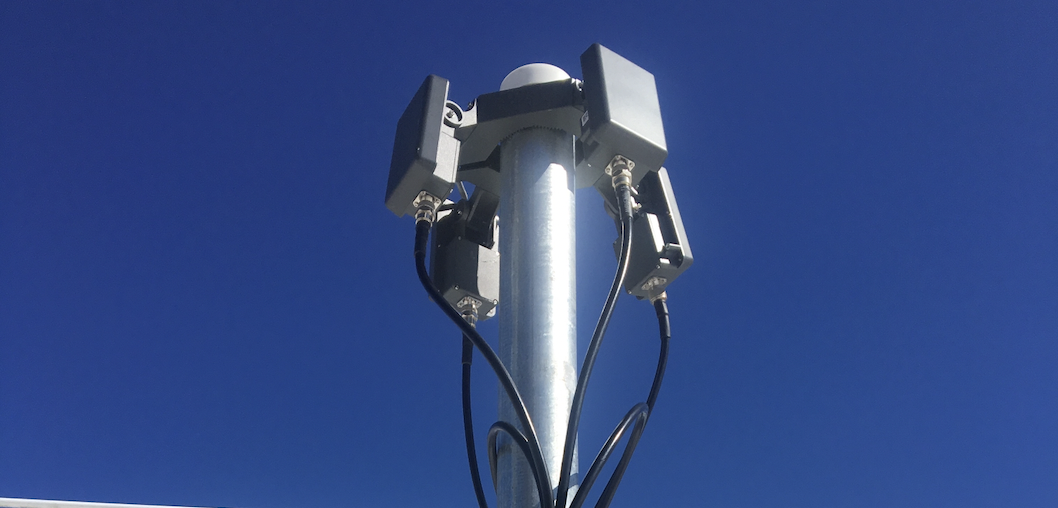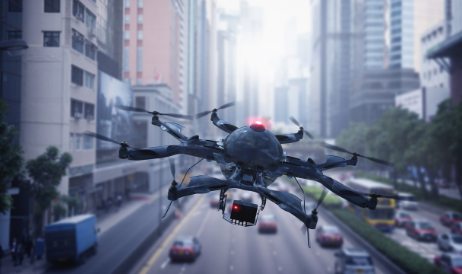Drones have transformed industries and introduced unparalleled convenience for how things could work. However, their increased adoption—particularly in surveillance—has also raised significant privacy concerns, challenging traditional boundaries and legal frameworks in the United States.
The Rise of Drone Surveillance
Drones, equipped with high-resolution cameras, thermal imaging, and even cell signal interceptors, have become a powerful tool for law enforcement and private entities. These capabilities enable detailed monitoring without the need for physical intrusion, allowing operators to collect vast amounts of data from afar. While these technologies can serve useful purposes, such as disaster response or tracking criminal activity, they also bring the potential for misuse. This growing trend has sparked debates over what constitutes reasonable surveillance and where to draw the line to protect individual privacy.
Privacy Challenges in the Age of Drones
Traditional privacy laws often rely on the concept of physical boundaries, such as fences or walls, to determine the limits of observation. Drones, however, bypass these limitations, operating from the air to observe private property and spaces. For instance, in some cases, drones have been used to monitor zoning violations, capturing images without homeowners’ consent. This capability has led to lawsuits, such as the one in Michigan, where residents challenged the use of drones for government surveillance in zoning disputes.
Beyond legal use, the risk of malicious activity is a significant concern. Unauthorized drones can invade personal spaces, capture sensitive information, or even create security risks by breaching restricted zones. These threats underscore the urgent need for updated privacy regulations and technological safeguards.
The Legal and Ethical Landscape
The rapid evolution of drone technology has outpaced existing privacy regulations, leaving courts and lawmakers scrambling to keep up. Current debates center around questions like:
- Should warrants be required for drone surveillance?
- What are the boundaries for government and private use of drones?
- How can individuals assert their rights to privacy against aerial observation?
While some states have begun enacting drone-specific privacy laws, the legal landscape remains fragmented. Without consistent federal guidelines, the interpretation of drone-related privacy issues often varies by jurisdiction, creating uncertainty for both operators and individuals.
Proposing a Solution: Leveraging AirSight’s Advanced Detection System
Addressing these challenges requires not just legal reform but also innovative technological solutions. This is where AirSight’s drone and pilot detection technology comes into play. By providing real-time identification of drone activity and pinpointing pilot locations, AirSight’s system empowers communities and organizations to:
- Detect Unauthorized Activity: Identify drones operating in restricted or sensitive areas, ensuring compliance with regulations.
- Enhance Accountability: Pinpoint the source of drone activity, making it easier to address misuse or unauthorized surveillance.
- Protect Privacy: Enable homeowners, businesses, and governments to monitor drone activity near private spaces, adding a layer of security against potential invasions of privacy.
By integrating AirSight’s technology into broader privacy frameworks, stakeholders can strike a balance between the benefits of drones and the need to safeguard individual rights. This approach not only deters unauthorized surveillance but also fosters responsible drone use across industries.

.jpg)









